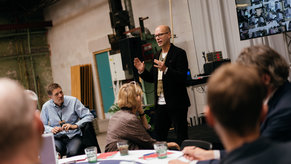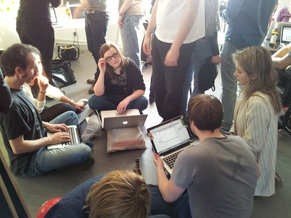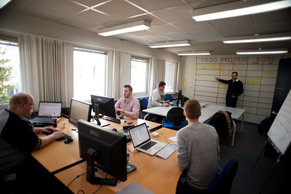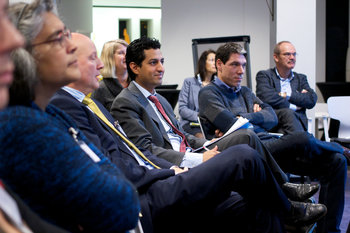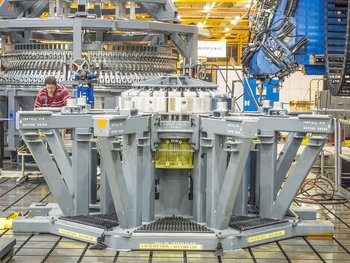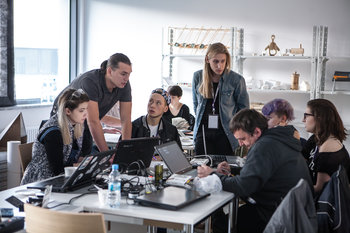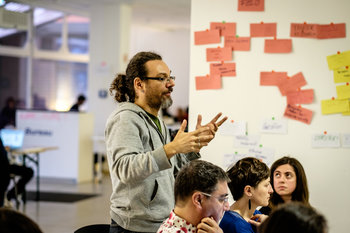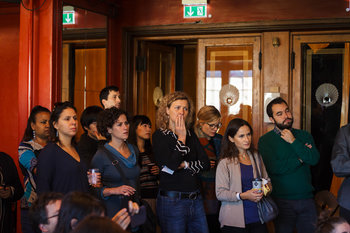
Cacophony
A cacophony is an unbelievably complex and disorganized process. This is a good way to describe the history of progress whereby societies, cultures, groups and individuals all go in different directions that are mostly unproductive but progress nevertheless does occur with a process of emergence whereby seemingly random processes produce elegance.
Survival of the Fittest
Knowledge, concepts, language, technology and culture only survive over the long term where they are useful in some way. Thousands of trendy new words, ideas, technologies and cultural inventions may occur this year but only one or two of these may still exist a thousand years from now. For example, the steam engine once seemed far more advanced than the bicycle but the bicycle has survived where the steam engine has become irrelevant. It is fully possible, or perhaps likely, that the bicycle will also outlive the automobile.
Automation
Automation is the practice of replacing human toil with the work of machines. In theory, this has large scale advantages for society as it can produce material abundance and free humans to do work that is pleasing to them. This can also be applied in ways that harm quality of life such as automated monitoring as a tool of oppression.
Development
Development is improvement in the quality of life of a nation with the infrastructure, institutions and capital that allow for increased stability, efficiency, productivity and growth. Economic production and growth has a reciprocal relationship with quality of life such as education, health and culture. For example, education builds up talent and knowledge. At a national level, this is known as human capital. Human capital increases growth which allows for more investment in education in a virtuous cycle.
Invention
Invention is the creation of non-obvious value. In some cases, this represents a leap forward that creates progress often accompanied with negatives such as disruption and risk. For example, the automobile greatly improved the speed of transportation and had broad unintended consequences such as making cities far more spread out. Inventions often propel things forward in a cold and random way. It is up to society and culture to adapt invention to create actual improvements to quality of life.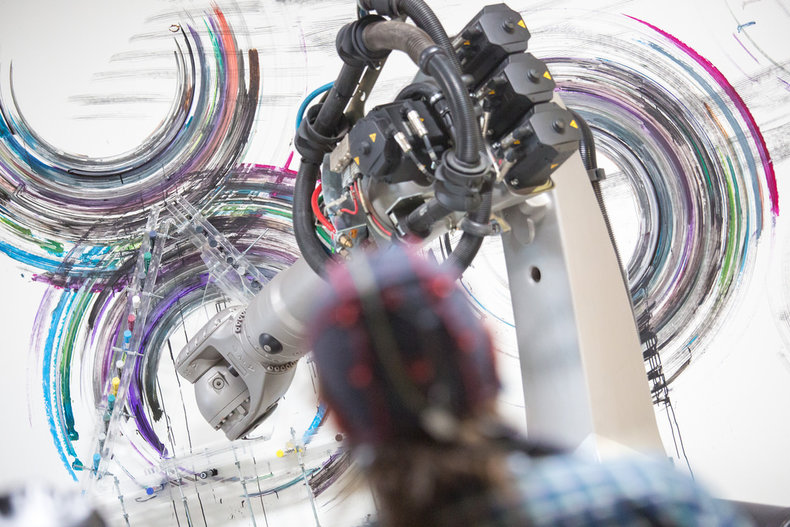
Continuous Improvement
The process of measuring, improving and measuring again. This can allow technology, products and services to rapidly improve. For example, according to Moore's Law computer speeds double every 18 months.| System | Year | Million Operations Per Second |
| Intel 4004 | 1971 | 0.09 |
| Intel 286 | 1982 | 1.28 |
| ARM2 | 1986 | 4 |
| Intel Pentium | 1994 | 188 |
| Intel Core 2 Extreme | 2006 | 49,161 |
| Intel Core i7 5960X | 2014 | 298,190 |
| Apple A14 | 2020 | 11,000,000 |
Long Tail
Long tail is the ability for everyone to participate in processes that were previously dominated by professionals, experts and industry insiders. The first example of this was social media that challenged the overwhelming dominance of a handful of media companies by allowing anyone to publish information and commentary to the world. In the future, every profession is likely to be challenged by the long tail. People may be able to meaningfully participate in any domain with the assistance of powerful tools such as artificial intelligence. For example, software that allows anyone to design architecture that is structurally sound that conforms to all standards and constraints.
Dematerialization
Dematerialization is the tendency for things to become lighter, smaller and to use less resources. This includes full or partial virtualization whereby previously physical things and experiences can occur without any materials at all.
Economies of Scale
Goods are invented and launched to market at small scale. If there is demand, they will be produced at ever greater scale and efficiency allowing for cost reductions. Economies of scale creates immense value and makes things as affordable as possible for the masses. For example, computers once cost millions of dollars and were only accessible to governments and corporations. At present, there are an estimated 3.5 billion smart phones in the hands of people that are all far faster than historical supercomputers. This has democratized access to computing and information.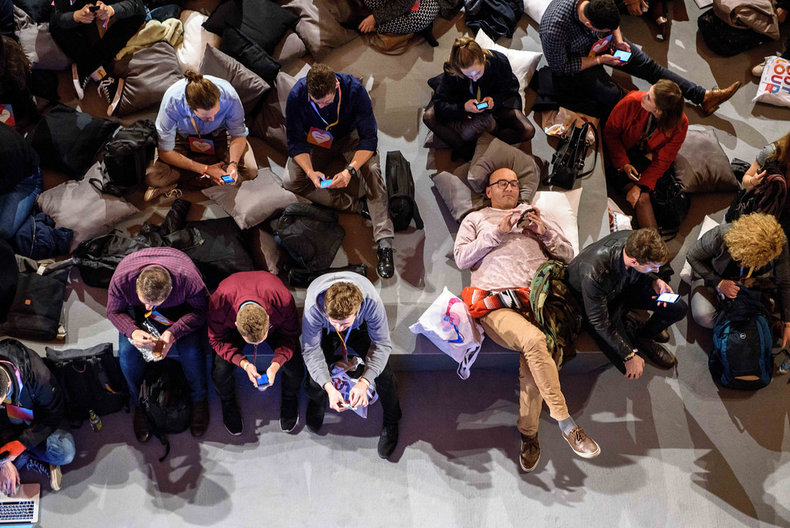
Commoditization of Experience
In a market economy, producers rush to meet every customer need with products and services. As such, they produce goods that simulate every element of the human experience. It could be argued that this is problematic as commodities begin to substitution for authentic experience. For example, a luxury item intended to produce social status that is more traditionally obtained through admirable behavior and accomplishment.
Myopia
Myopia is the belief that strategies that have worked in the past will continue to work in the present. This is a failure of imagination that can lead to false progress. For example, a nation that has experienced rapid economic growth that reacts to the inevitable decline in this growth rate with destructive policies designed to keep this growth going at any cost.
Everyone Has a Plan Until They Get Punched in the Mouth
Plans for progress often backfire based on logic that fails to consider the realities of life and systems. The real world is unbelievably complex and probabilistic such that you don't really know how a plan will work out until it is thoroughly tested or implemented. For example, early 20th century American Progressives had arguments for the prohibition of alcohol that were generally well-intentioned and logical. However, prohibition backfired in a spectacular way that they had not anticipated such that alcohol consumption was simply pushed into the underground economy.
Confusion of Means & Goals
The tools of progress such as science, technology and engineering are cold and indifferent to the human condition. These tools can be directed by society and culture to produce human progress. Where the opposite occurs, people may become the tools of their tools. For example, an algorithm that uses human interaction to understand behavior that then uses this information to shape human behavior towards repetitive and compulsive actions that make people unhappy but help the algorithm to optimize some metric.
Heritage
The past passes down value to the present known as heritage that can include tangible things such as architecture and intangible culture such as folklore. Where change destroys heritage it can create negative value. For example, most Japanese castles were intentionally destroyed in the late 19th century as Japan struggled to modernize, industrialize and militarize to catch up to the West.
Economic Bads
An economic bad is negative value created by economic activity such as pollution or workplace injuries. In many cases, the producer and consumer don't pay the cost of the economic bad such that they may be created in an unconstrained way. This can represent economic growth that is actually producing net negative value.
Precautionary Principle
The precautionary principle is the idea that the burden of proof for product safety is on the side of the producer. This is intended to create economic growth that represents real progress. For example, the precautionary principle counters the historical tendency for dangerous and destructive products to be released into the market and environment with the burden of proof on consumers and communities to get them removed from the market, a process that may take decades.
Creative Destruction
Creative destruction is the process by which events that look like setbacks actually create long term progress. For example, the failure of a large old firm that is inefficient frees up talent, capital and market share. This allows more competitive and capable firms to grow.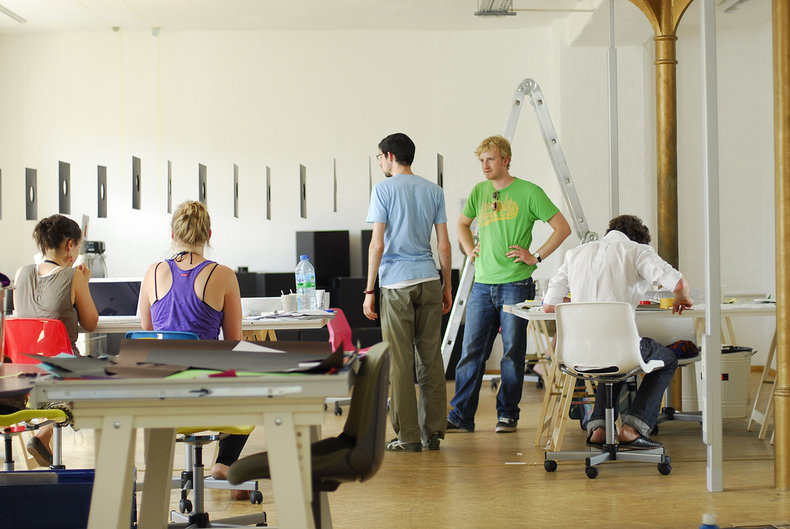
Idealism
Idealism is the belief that ideas create the world and not the other way around. For example, the tendency for fiction to become reality as it inspires invention and change. As such, progress in visions of the future can translate to real progress as inventive people may work to make these visions a reality.
Rights & Freedoms
People want freedom but also benefit from constraints such as norms that allow for peace, cooperation and community. Progress occurs where human freedom increases without decreasing the capacity for meaningful cooperation, comradery and shared experience.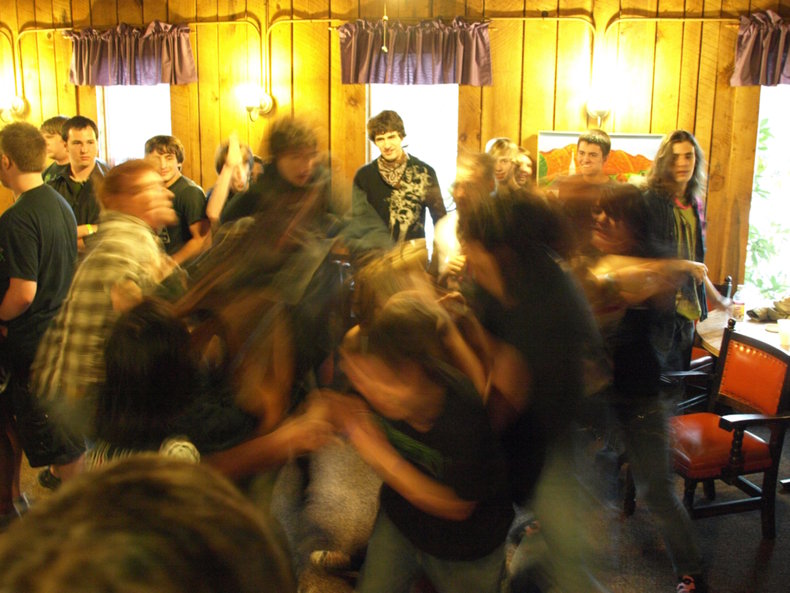
Happiness
Progress can be measured with objective metrics such as GDP or life expectancy. Alternatively, it can be measured in terms of subjective well-being by asking people to rate their life satisfaction or general happiness. In many cases, happiness eludes the rich, educated and healthy such that this is viewed as the greater goal that is more difficult to achieve than mere material success.
Problem Solving
Humans have a remarkable capacity to solve problems. This often represents a clear and unambiguous type of progress. For example, humanity completely eradicated a terrible disease known as smallpox by 1980 that had killed around 500 million people over the course of the last hundred years of its existence.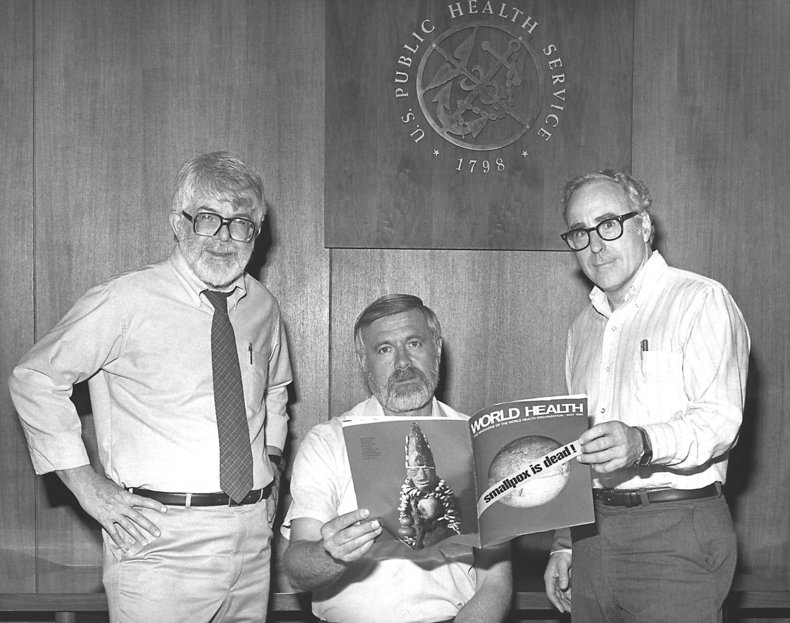
Complexity
Generally speaking, progress adds complexity. This doesn't mean that complexity is inherently good as all else being equal it's better to do things as simply as possible. Once a complexity is adopted it is difficult to revert to a simpler state. For example, once people are connected to global information networks such as the internet they find it difficult to cope with being detached for long. As such, history moves in a one-way direction towards greater complexity.
Accelerating Change
Each step forward tends to make the next step easier and faster. For example, the ever increasing speed of computers and decreasing cost of computation allow for ever faster advancement in every human domain.
Notes
In the 20th century, Japan reconstructed over one hundred castles upon realizing their value but the authenticity of many of these sites has been compromised.| Overview: Progress | ||
Type | ||
Definition | A durable and positive change with broad impact. | |
Related Concepts | ||



